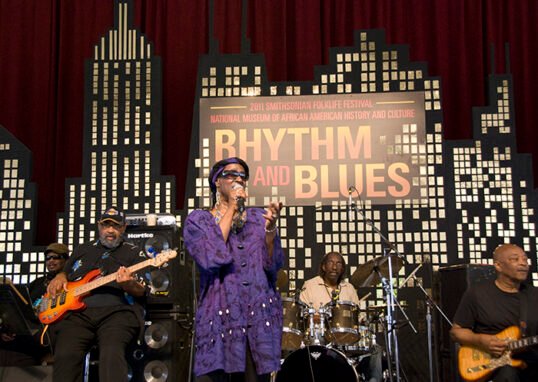Rock music has been a significant force in shaping popular music and culture for decades. With its roots tracing back to the 1950s, rock has undergone substantial evolution, leading to distinct subgenres and styles. This blog post explores the differences and similarities between classic rock and modern rock, examining how each genre has influenced and defined the music landscape.
What is Classic Rock?
Classic rock is a genre that encompasses the rock music of the late 1960s through the early 1980s. This period is marked by iconic bands and musicians who defined the genre’s sound and style. Classic rock is characterized by its use of traditional rock instrumentation—electric guitars, bass, and drums—and its emphasis on powerful vocals and memorable melodies.

Key Characteristics of Classic Rock
- Instrumentation: Classic rock bands often feature prominent electric guitar riffs, strong bass lines, and driving drum beats. The guitar solos are a defining feature, with many classic rock tracks showcasing virtuosic guitar playing.
- Influential Bands: Some of the most influential classic rock bands include Led Zeppelin, The Rolling Stones, The Who, and Pink Floyd. These bands have left a lasting legacy with their distinctive sounds and groundbreaking albums.
- Themes: Classic rock lyrics often explore themes of rebellion, love, and freedom. Songs from this era frequently address social and political issues, reflecting the cultural climate of the time.
- Production: The production techniques of classic rock were characterized by analog recording methods and the use of innovative studio effects. This era saw the development of iconic album sounds that are still celebrated today.
What is Modern Rock?
Modern rock refers to rock music produced from the 1990s to the present day. This genre encompasses a wide range of styles and subgenres, reflecting the diversity and experimentation of contemporary rock music. Modern rock often incorporates elements from other genres, including alternative, punk, and electronic music.
Key Characteristics of Modern Rock
- Instrumentation: While modern rock still relies on traditional rock instruments, there is a greater emphasis on incorporating synthesizers, electronic effects, and unconventional sounds. Guitar tones and production techniques often vary widely, from clean and polished to gritty and raw.
- Influential Bands: Modern rock features a diverse array of influential bands and artists, such as Nirvana, Radiohead, The White Stripes, and Arctic Monkeys. These artists have pushed the boundaries of rock music and introduced new sounds and styles.
- Themes: Modern rock lyrics often address contemporary issues such as technology, identity, and personal struggles. The themes can be introspective or socially conscious, reflecting the changing concerns of today’s world.
- Production: The production techniques of modern rock are characterized by digital recording methods and advanced technology. This allows for greater experimentation with sound and the integration of various musical elements.
Comparing Classic Rock and Modern Rock
Musical Style
Classic rock is known for its straightforward, powerful sound, with an emphasis on guitar-driven melodies and solos. Modern rock, on the other hand, is more diverse and experimental. It often blends rock with elements from other genres, creating a more eclectic sound.
Cultural Impact
Classic rock has had a profound influence on the development of rock music and popular culture. Its legacy is celebrated through radio stations, tribute bands, and classic rock festivals. Modern rock continues to shape contemporary music and culture, often reflecting current trends and societal issues.
Fan Experience
The fan experience of classic rock is deeply nostalgic, with many enthusiasts cherishing the iconic albums and live performances of the genre’s pioneers. Modern rock fans enjoy a more varied and dynamic experience, with access to new music, live performances, and innovative artist interactions.
The Evolution of Rock Music
The evolution from classic rock to modern rock illustrates how the genre has adapted to changing musical landscapes and cultural contexts. Classic rock laid the foundation for the genre, while modern rock has expanded and diversified its boundaries.
Conclusion
Classic rock and modern rock each represent unique phases in the history of rock music. Classic rock is celebrated for its iconic sound and influential bands, while modern rock is known for its diversity and experimentation. Both genres have made significant contributions to the evolution of rock music and continue to resonate with audiences around the world. Understanding the differences and similarities between these styles enhances our appreciation of rock music’s rich history and its ongoing impact on popular culture.






